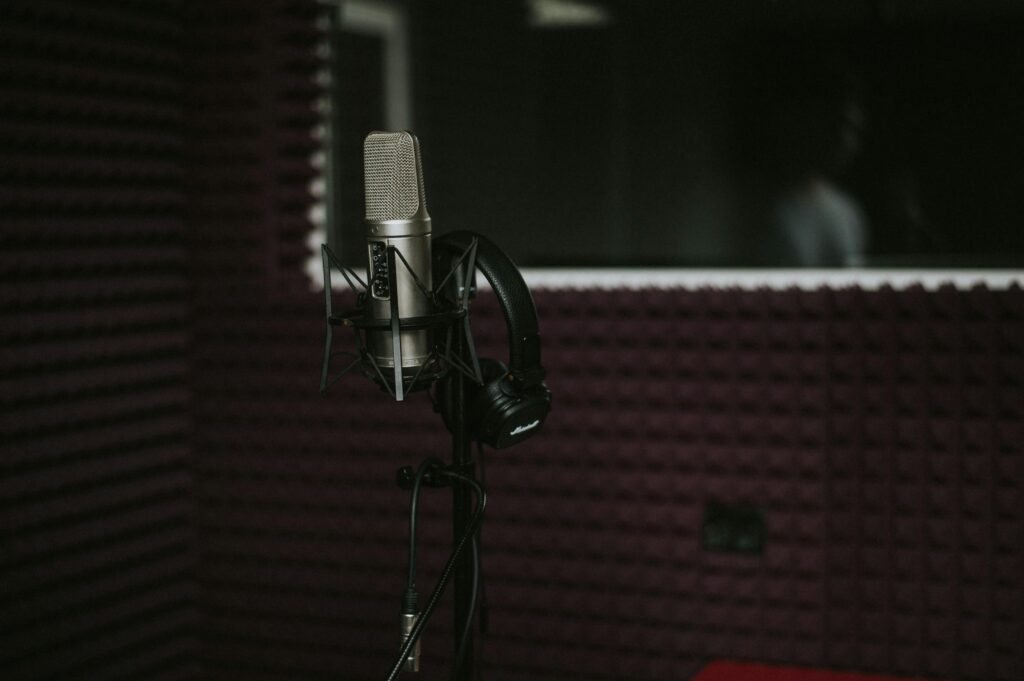As a professional composer, the quality of your studio environment plays a crucial role in the production process. Acoustic treatment is essential for creating an optimal listening environment that allows you to accurately hear and assess your music. In this article, we will demystify acoustic treatment and provide practical strategies for improving sound quality in your home studio.

Understanding Acoustic Treatment
Acoustic treatment involves modifying the acoustic properties of a room to achieve a more balanced and accurate sound. It addresses issues such as reflections, reverberation, standing waves, and frequency response irregularities, which can negatively impact the accuracy of your monitoring environment.
Common Issues in Home Studios
1. Reflections:
Uncontrolled reflections from walls, ceilings, and floors can cause comb filtering and coloration of sound, leading to inaccuracies in monitoring.
2. Standing Waves:
Standing waves, caused by the interaction of sound waves with room boundaries, result in uneven bass response and frequency buildup at specific frequencies.
3. Reverberation:
Excessive reverberation can mask details in your audio recordings and mix, reducing clarity and definition.
4. Frequency Response Irregularities:
Room modes and resonance peaks can cause peaks and dips in the frequency response, leading to inaccurate monitoring and mixing decisions.
Strategies for Acoustic Treatment
1. Bass Traps:
Bass traps are acoustic panels designed to absorb low-frequency sound waves and reduce bass buildup in the room. Place bass traps in corners and along walls to address standing wave issues and improve bass response.
2. Diffusers:
Diffusers scatter sound waves in multiple directions, reducing reflections and creating a more diffuse sound field. Use diffusers on walls and ceilings to break up reflections and create a more spacious sound environment.
3. Absorption Panels:
Absorption panels absorb sound energy across a wide frequency range, reducing reflections and reverberation in the room. Place absorption panels at the first reflection points on walls and ceilings to control reflections and improve clarity.
4. Placement and Room Layout:
Optimize the placement of your speakers and listening position to minimize the impact of room modes and standing waves. Experiment with speaker placement and room layout to find the optimal listening position with balanced frequency response and stereo imaging.
5. Acoustic Treatment Kits:
Invest in acoustic treatment kits specifically designed for home studios, which typically include a combination of bass traps, absorption panels, and diffusers. These kits offer a convenient and cost-effective solution for improving sound quality in your studio.
6. Room Measurement and Analysis:
Use room measurement and analysis tools, such as acoustic measurement microphones and software, to identify acoustic issues and guide the placement of acoustic treatment panels. Measure frequency response, decay times, and impulse responses to assess the effectiveness of your acoustic treatment.

Conclusion
Acoustic treatment is essential for creating a professional-quality listening environment in your home studio. By addressing issues such as reflections, standing waves, and frequency response irregularities, you can improve the accuracy and clarity of your monitoring environment, leading to better mixing and mastering results. Experiment with different acoustic treatment strategies, and tailor your approach to the specific acoustic characteristics of your room. With proper acoustic treatment, you can create a studio environment that inspires creativity and allows you to produce music with confidence and precision.